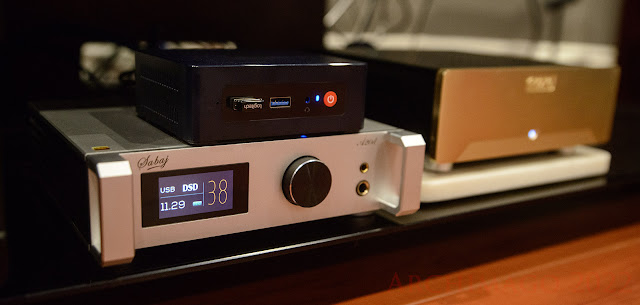Well guys and gals, this marks post 502 since the start of the blog back in 2012, although articles really only started flowing by 2013. As we are approaching the latter months of 2022, it's amazing to think that a decade has flown by!
Over the years we have touched upon a huge number of audiophile topics. Much of the ideas and experiments over the years have and will continue to serve as the foundation for me in the days ahead as a music lover and "hi-fi" audiophile. Before embarking on this blog, I remember the frustration of feeling entrenched in audiophile obsessions over the fears and uncertainties around things like whether I needed expensive cabling, whether the ethernet switch was deteriorating my audio stream, concerns about the "noise" from my computer, and if for some reason jitter was further destroying my sound. I remember recognizing that none of those anxieties were ever fully addressed or clarified by product manufacturers or the mainstream magazines of the day, and there were little resources out there on YouTube or other websites. Descriptions were vague, and as I recall, nobody ever could clearly express to me what jitter sounded like for example, despite prominent claims. Other than suggesting that handing over money was the solution by buying and "listening for yourself", hobbyists could seem to do nothing else - powerless in the face of dramatic claims.
I remember thinking at one point: "How problematic are these issues, really?!". Given the decades of audio hardware evolution, and in the context of all that we know in the 21st Century about the engineering that has gone into these human-designed and assembled electronic devices, is it reasonable that hobbyist audiophiles seemed to blindly stagger in the dark, typically discussing these things with little facts, or figures, easily drawn into opinions and assumptions that can swing to extremes or seem so idiosyncratic depending on the subjective whims of the reviewer who supposedly "hears" things?
Even where there are measurements (like in the pages of Stereophile), it also seemed odd to me that the objective results appear to be subservient to unsubstantiated subjective comments. If the subjective reviewer heard some "harshness" and the DAC showed higher jitter anomalies, it's not hard to use that as the "attribution theory". But if the DAC is expensive from a prominent name, more likely than not the subjective listener likes it, and the impact of sometimes exceedingly poor measurements appear softened and the device still gets an overall recommendation (look at the measurements for this).
For this post, I hope the reader will indulge me with an opportunity to meander into thoughts that have been bouncing in and out of my mind over the years, and consider expectations over the next decade.




